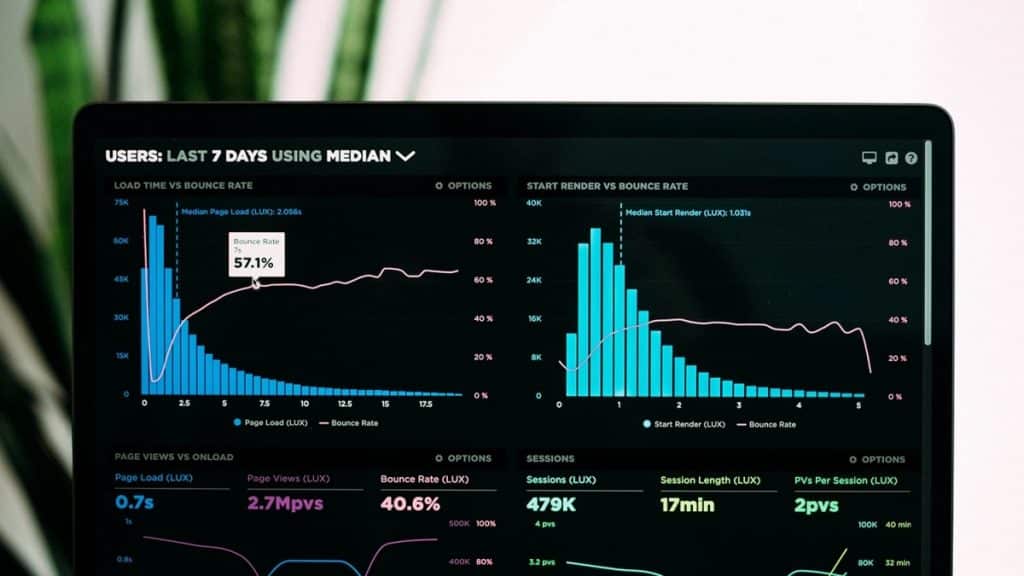Picture a day in a CEO’s life—it is filled to the brim with hours spent poring over endless reports and spreadsheets, trying to make sense of the vast amounts of data their organization accumulates daily. Each decision is dependent on these details, making it crucial to have accurate and comprehensive data readily available. But imagine if there were a way to streamline this information, offering a complete and holistic view without the hassle of juggling multiple reports or dashboards. Such a tool could revolutionize how CEOs—and their entire organizations—navigate the complex landscape of modern business.
This is where CEO dashboards become invaluable. These customizable, interactive tools consolidate key performance metrics and data into a single, easily navigable interface. They empower executive leaders to obtain real-time insights and streamline decision-making processes.
CEO dashboards are designed to provide a high-level overview of an organization’s performance that allows CEOs to quickly identify areas of concern or opportunities for growth. By integrating data from multiple sources into a user-friendly format, these dashboards eliminate manual data manipulation, saving time and ensuring the availability of accurate, up-to-date information. In addition to real-time insights, CEO dashboards also offer the ability to drill down into specific metrics or departments. This allows CEOs to identify underlying trends or issues that may be impacting overall performance. With this level of visibility, CEOs can make informed decisions and drive their organization towards success.
Advantages of CEO Dashboards
The benefits of CEO dashboards extend beyond just providing a comprehensive view of an organization’s performance. They also help to align goals, improve communication and collaboration among teams and foster a data-driven culture within the company. By making critical business information easily accessible, CEOs can make agile decisions that have a direct impact on the bottom line. The advantages include the following:
Improved Data Comprehension
CEO dashboards enhance data comprehension by presenting complex information in a visual, interactive format. Instead of sifting through dense spreadsheets and lengthy reports, CEOs can quickly grasp key metrics and trends through graphical representations and easy-to-read charts. This improves understanding and enables leaders to identify correlations, patterns and insights that might otherwise be missed.
Tap into Opportunities with Real-Time Insights
CEO dashboards provide continuous access to real-time data enabling executives to seize emerging opportunities and respond to market changes with agility. For example, immediate visibility into sales trends allows for timely adjustments in strategy, improving the chances of capitalizing on favorable conditions. Real-time insights also help in detecting and mitigating critical issues swiftly so that any potential problem is addressed in time.
Enhanced Business Outcomes
CEO dashboards drive enhanced business outcomes by aggregating massive amounts of data and business critical metrics into an easily comprehensible format. This leads to improvements in operational efficiency, strategic alignment and overall business performance. With the ability to forecast trends and monitor progress towards goals, CEO dashboards empower executive leaders to implement changes that will produce tangible results for the organization.
Key Features of CEO Dashboards
While each CEO dashboard may vary in terms of design and customization options, there are some key features that are essential for effective decision-making:
- Self-Service Capability – Having self-service capability in CEO dashboards allows CEOs and other executives to customize their view and access the specific data they need without relying on IT or data analysts. With intuitive drag-and-drop functionalities and customizable widgets, executives can tailor their dashboards to display the most relevant data points. This empowers leaders to independently perform ad hoc analysis, explore data trends and derive actionable insights on the fly.
- Customer Sentiment Analysis – Adding customer sentiment analysis to CEO dashboards offers key insights into customer perceptions of the brand, products or services. Utilizing natural language processing and artificial intelligence, these dashboards analyze customer feedback from social media, reviews and surveys, allowing CEOs to gauge satisfaction, identify pain points and track the impact of the different marketing initiatives.
- What-If Analysis – Using what-if analysis in CEO dashboards helps executives simulate scenarios and assess potential outcomes before crucial decisions are taken. This feature enables CEOs to model different business strategies or market conditions and assess their impact on KPIs. By experimenting with variables such as pricing, resource allocation or market expansion, CEOs can make data-backed decisions that minimize adverse impact of risks and optimize results.
- Seamless Data Integration – CEO dashboards with seamless data integration capabilities ensure that all relevant data, regardless of its source, is unified into a single, coherent view. By aggregating data from various platforms such as CRM systems, ERP solutions, financial databases and external data sources, these dashboards eliminate data silos and provide a holistic perspective to the viewer.
Conclusion
It is no longer sufficient for users to simply have dashboards as part of their applications. The modern executive requires real-time insights into KPIs that enable rapid responses to market shifts, emerging trends and operational changes. CEO dashboards provide a robust solution, offering customizable, self-service capabilities that grant CEOs immediate access to the data they need most. Adopting a CEO dashboard is thus crucial for any executive seeking to maintain a competitive edge and achieve superior business outcomes in an increasingly data-driven world.
Angela Spearman is a journalist at EzineMark who enjoys writing about the latest trending technology and business news.
